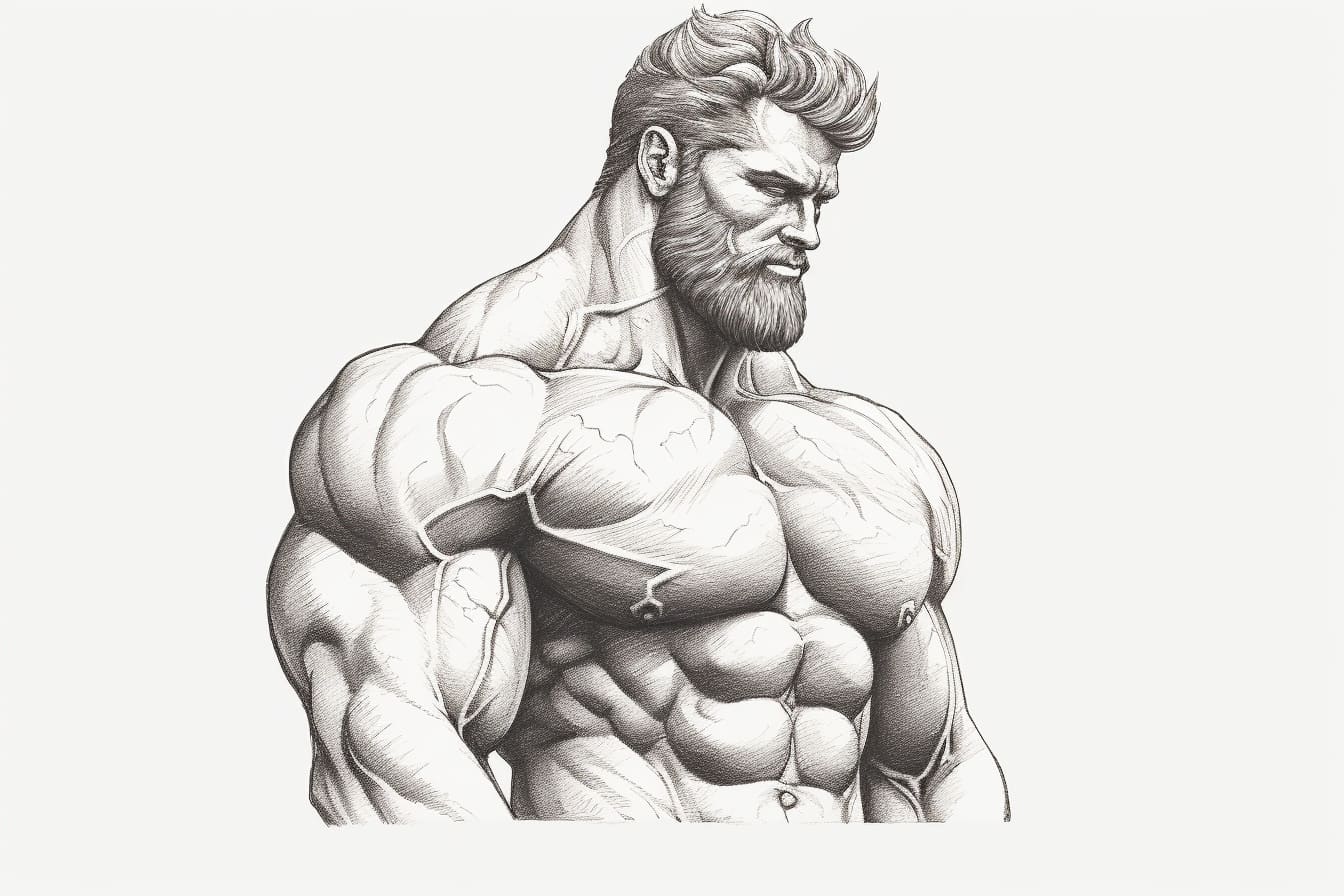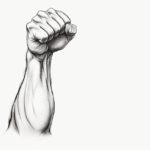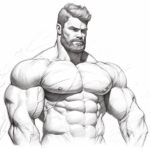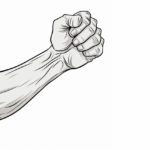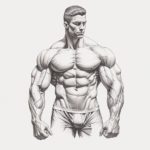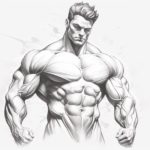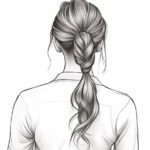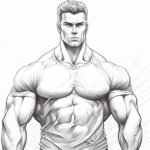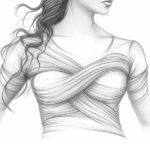Are you interested in capturing the muscular form and impressive physique of a bodybuilder through your artwork? Drawing a bodybuilder requires an understanding of anatomy, proportions, and the unique muscular structure that defines their physique. In this step-by-step guide, I will demonstrate the process for how to draw a bodybuilder, helping you bring their strength and athleticism to life on paper. So grab your drawing materials and let’s get started!
Materials Required
Before diving into the drawing process, gather the following materials:
- Drawing paper: Choose a high-quality paper that is suitable for your chosen medium, such as graphite or charcoal.
- Pencils: Have a range of pencils with different hardness, from 2H to 6B, to achieve varying levels of shading and detail.
- Eraser: A kneaded eraser is recommended for easily removing graphite or charcoal without damaging the paper.
- Blending tools: Use a blending stump or tortillon to create smooth gradients and blend shading.
- Reference image: Find a clear, high-resolution reference photo of a bodybuilder to help visualize the unique muscle structure.
Now that we have everything we need, let’s move on to the step-by-step process of drawing a bodybuilder.
Step 1: Basic Proportions
Start by lightly sketching the basic proportions of the bodybuilder. Begin with a vertical line to represent the spine and add ovals at the shoulders, hips, and head. This will serve as your guide for establishing the overall pose and proportions of the body.
Step 2: Forming the Torso
Next, focus on the torso. Using the reference image, lightly sketch the main shapes of the chest, abdomen, and back muscles. Pay attention to the placement and size of each muscle group, ensuring accuracy and proportionality.
Step 3: Adding Muscles to the Arms
Move on to sketching the arms, paying close attention to the biceps, triceps, and forearm muscles. Study the reference image carefully, noting the variations in muscle size and definition. Capture the flexed muscles and curves that are characteristic of bodybuilders.
Step 4: Sketching the Legs
Now, it’s time to tackle the legs. Observe the powerful quadriceps, hamstrings, and calf muscles of the bodybuilder. Pay attention to the proportions, as leg muscles tend to be larger and more defined in bodybuilders.
Step 5: Refining the Details
With the basic shapes and muscle groups in place, it’s time to refine the details. Begin by adding more definition to the muscles, paying close attention to the curves, shadows, and highlights. Study the reference image to accurately capture the muscle details and the unique characteristics of the bodybuilder.
Step 6: Shading and Texturing
Now, let’s bring our bodybuilder to life through shading and texturing. Start by identifying the light source in your reference image and add shading accordingly. Use varying pencil pressures and blending tools to create smooth transitions between light and shadow. Pay attention to the texture of the muscles, emphasizing the striations and definition.
Step 7: Adding Depth and Dimension
To add depth and dimension to your drawing, continue refining the shading and contrast. Darken the shadows and enhance the highlights to create a sense of volume and three-dimensionality. Take your time with this step, as it is crucial for creating a realistic and dynamic representation of a bodybuilder.
Step 8: Final Touches
Lastly, refine any remaining details and make any necessary adjustments. Take a step back and evaluate your drawing, ensuring that the proportions and muscle definition are accurate. Use your eraser to lighten or remove any unwanted lines or smudges.
Conclusion
Drawing a bodybuilder requires careful observation, an understanding of anatomy, and attention to detail. By following this step-by-step guide, you can create a realistic and powerful representation of a bodybuilder’s physique. Remember to practice regularly and study different body types to hone your skills. With time and dedication, your ability to capture the strength and muscularity of a bodybuilder will continue to improve. So grab your materials, sketchbook, and reference image, and start drawing a bodybuilder today!

